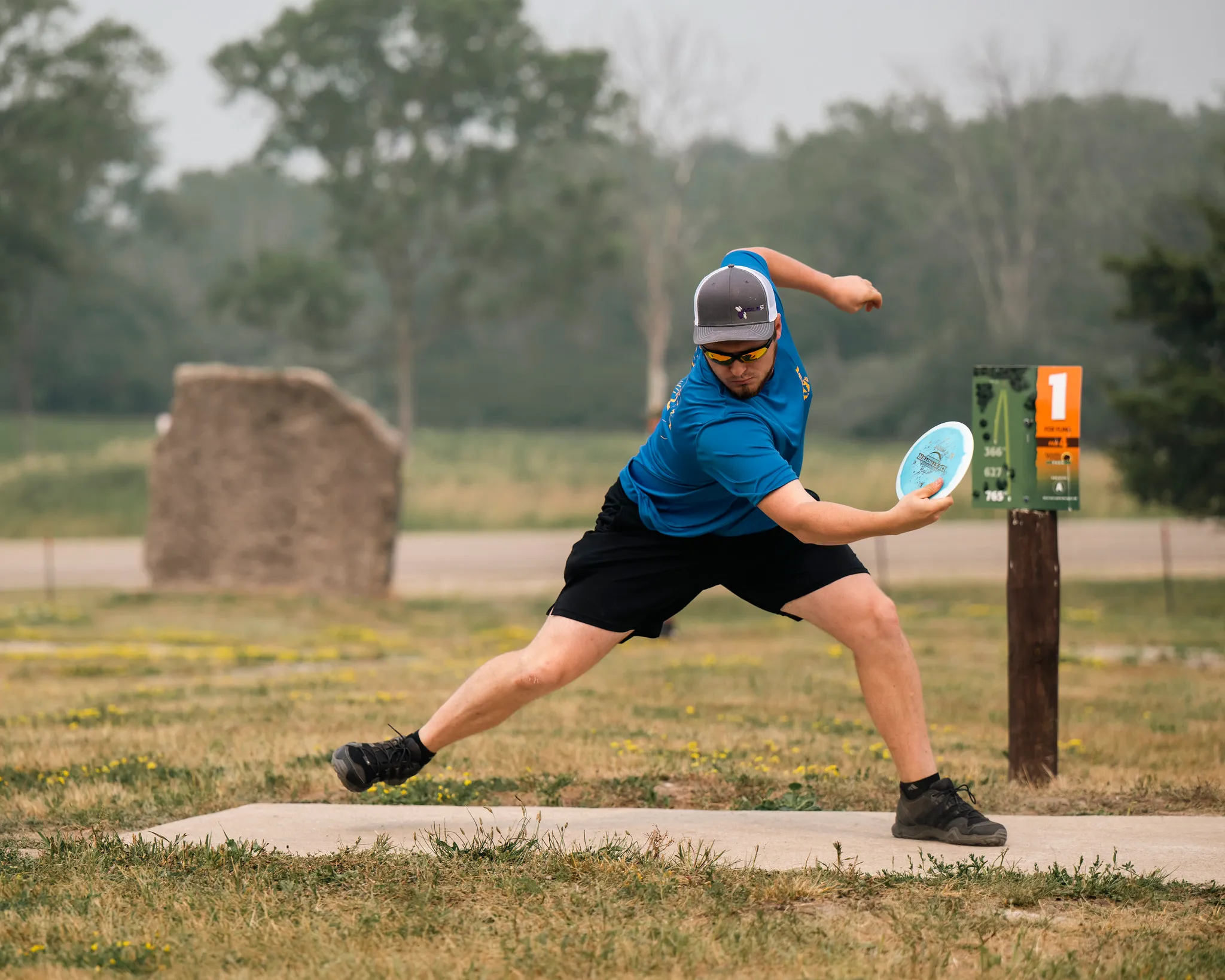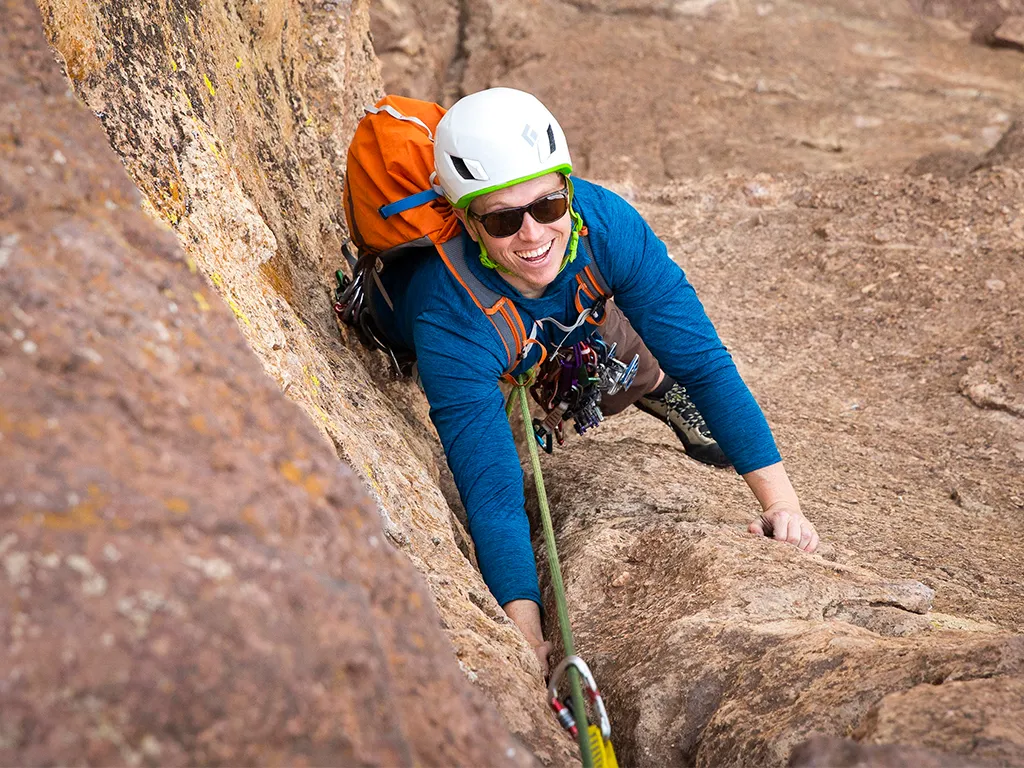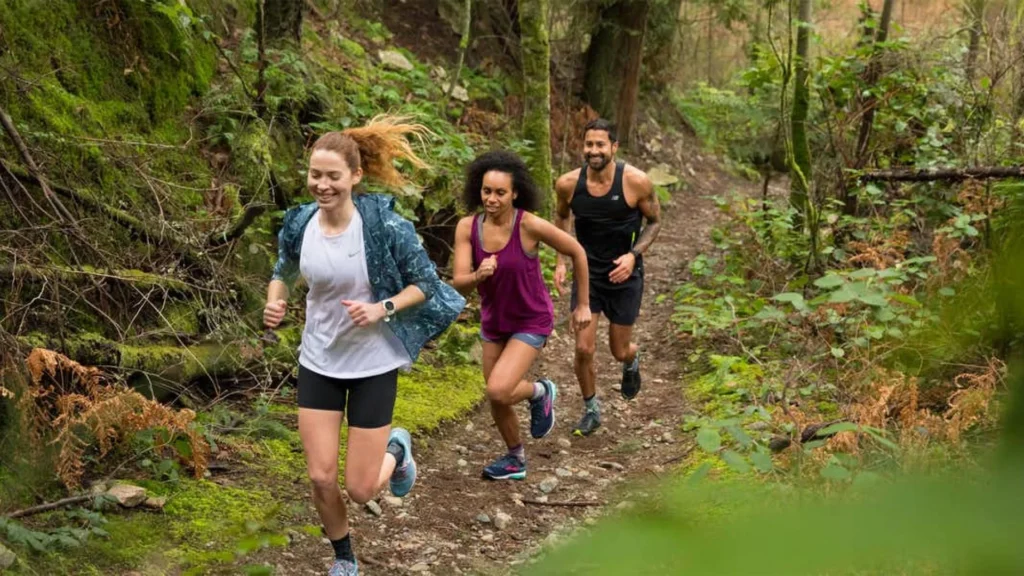With the rise of health awareness and fitness trends, more students are searching for ways to stay active beyond traditional sports like soccer, basketball, or track and field. Alternative sports provide exciting opportunities for students to explore unique forms of movement, foster new skills, meet people with similar interests, and maintain a fit lifestyle. This guide will explore a variety of alternative sports that encourage students to think outside the box and try something different.
Why Choose Alternative Sports?
The appeal of alternative sports lies in their novelty, variety, and inclusivity. Traditional sports often emphasize competition and require specific skills, but alternative sports provide a different experience. They focus on creativity, personal challenge, and adventure. Students who may not enjoy traditional team sports or are looking for new ways to stay fit can benefit significantly from these unconventional activities.
Moreover, alternative sports promote agility, balance, coordination, and mental focus. The physical demands are often challenging yet adaptable, making them suitable for people of all fitness levels. Trying alternative sports can also break the monotony of routine, introducing students to activities that they may fall in love with for a lifetime.
1. Rock Climbing
One of the most popular alternative sports among students is rock climbing. Whether it’s indoor climbing or bouldering at a local climbing gym, this sport challenges the entire body. Rock climbing requires strength, balance, and strategy, making it a full-body workout that also tests mental endurance.
Climbing provides a unique thrill as participants face different obstacles and routes each time they climb. It’s also a great community-based activity where climbers support each other, offering guidance and encouragement. Students can find climbing gyms in most cities or venture into outdoor climbing if they want a more immersive experience.
2. Parkour
Parkour, also known as free-running, is the art of moving through urban environments by jumping, vaulting, and climbing over obstacles. This alternative sport transforms streets, buildings, and parks into a dynamic fitness playground. Parkour doesn’t require any equipment, making it accessible to all students.
Practicing parkour builds core strength, agility, and coordination, while also enhancing confidence and creativity. Local parkour clubs and classes are available in many cities, or students can learn basic skills and techniques from online tutorials to get started.
3. Ultimate Frisbee
Ultimate Frisbee has gained a reputation as a highly inclusive alternative sport that combines elements of soccer, basketball, and American football. Played on a field with teams aiming to pass a disc into the opposing end zone, ultimate Frisbee emphasizes teamwork, speed, and strategy.
This sport is especially popular among college students, with many universities offering leagues or recreational games. It’s an excellent way for students to build endurance, improve cardiovascular fitness, and develop hand-eye coordination. Plus, Ultimate Frisbee’s unique “spirit of the game” rule encourages respect and good sportsmanship.
4. Slacklining
Slacklining involves balancing on a flat, narrow webbing tied between two anchor points (like trees). This alternative sport might look simple, but it requires intense concentration, balance, and coordination. Slacklining can be done anywhere with a stable setup, making it a favorite activity for students in parks or campuses with open spaces.
As students progress in slacklining, they can try tricks, jumps, or even move on to highlining, which involves balancing at greater heights. Slacklining not only strengthens core muscles but also enhances focus, as maintaining balance requires a deep connection between mind and body.
5. Mountain Biking
For students who love the outdoors, mountain biking offers an exhilarating alternative sport option. Riding on rough terrain, such as forest trails or mountains, challenges the body and mind, pushing riders to navigate obstacles and maintain balance on uneven paths. Mountain biking is an intense cardiovascular workout and also improves leg strength and coordination.
Students can explore local trails, join a biking club, or rent equipment from nearby outdoor centers to get started. Mountain biking can be both a social activity and a personal challenge, allowing students to explore nature while staying fit.
6. Mixed Martial Arts (MMA)
Mixed Martial Arts, or MMA, combines techniques from various fighting styles, including boxing, jiu-jitsu, and wrestling. Although MMA may sound intimidating, many training centers offer beginner classes that focus on fitness and self-defense rather than combat. This alternative sport builds strength, discipline, and confidence, and students can choose to train for fun or competition.
Many students find that the mental aspect of MMA, such as learning techniques and strategies, keeps them engaged and motivated. MMA gyms often provide a welcoming environment where students can bond and learn from each other, creating a strong sense of community.
7. Dance-Based Workouts
Dance-based workouts like Zumba, hip-hop, or even dance yoga are excellent alternative sports for students who enjoy rhythm and movement. These classes provide a fun, high-energy way to burn calories, improve flexibility, and enhance coordination.
Dance workouts are available in different styles, from cardio-focused routines to slower, meditative forms. Students can take classes at a dance studio, gym, or online, making it an accessible option for anyone. Dance-based workouts not only promote physical health but also improve mental well-being by relieving stress and boosting mood.
8. Skateboarding
Skateboarding has evolved from a countercultural activity to a popular alternative sport that emphasizes creativity and skill. It requires a mix of balance, agility, and strength to perform tricks and navigate urban landscapes. Many students enjoy skateboarding as a means of self-expression, allowing them to create unique routines and develop technical skills.
Skateboarding can be done almost anywhere, and skateparks are commonly available in cities. Learning the basics can take time, but skateboarding builds endurance, focus, and physical resilience. It also offers a close-knit community for those interested in pursuing the sport more seriously.
9. Stand-Up Paddleboarding (SUP)
For students near lakes, rivers, or oceans, stand-up paddleboarding is a fantastic alternative sport that combines fitness with the calming effects of being on the water. SUP involves standing on a wide board and paddling, which strengthens the core, arms, and legs while requiring balance.
This sport can be leisurely or challenging, depending on the intensity of the paddle. SUP yoga is another variation that combines paddleboarding with yoga poses, enhancing balance and flexibility. Many outdoor centers offer rentals, making it easy for students to try this water-based sport.
10. Archery
Archery may not be the first thing that comes to mind when thinking of alternative sports, but it provides a unique blend of precision, patience, and focus. It’s an ideal sport for students who enjoy activities that require both mental and physical engagement.
Practicing archery develops upper body strength and improves hand-eye coordination. Many archery clubs and classes are available for beginners, and some universities even offer archery as part of their physical education programs. Archery allows students to test their focus and patience while building a unique skill.
11. Rowing
Rowing, whether on the water or using a rowing machine, is an alternative sport that offers an excellent full-body workout. It’s a low-impact sport that focuses on endurance, coordination, and strength. For students looking for a team-oriented sport, rowing on water provides an opportunity to work with others in a synchronized, competitive environment.
Rowing also helps students build cardiovascular fitness and strengthen major muscle groups, making it an ideal fitness activity. Many universities have rowing clubs, or students can join local clubs in areas with accessible water bodies.
12. Trail Running
For students looking to combine fitness with nature, trail running offers an escape from the traditional gym environment. Unlike running on a treadmill or track, trail running challenges the body with uneven terrain and natural obstacles. This alternative sport builds strength, agility, and cardiovascular endurance while providing mental relaxation.
Trail running requires minimal equipment—a good pair of trail shoes is usually enough to start exploring. It’s a perfect way for students to maintain fitness, enjoy fresh air, and connect with nature.
Building a Healthy Lifestyle Through Alternative Sports
Trying out alternative sports offers students numerous physical and mental health benefits. Engaging in these activities fosters independence, creativity, and the confidence to step outside one’s comfort zone. Alternative sports also encourage students to remain active and prioritize health while finding unique and exciting ways to stay fit.
By embracing a variety of alternative sports, students can develop a well-rounded approach to fitness, building not only strength and endurance but also mental resilience and flexibility. From parkour to paddleboarding, there’s an alternative sport for every student, ready to transform their fitness journey and spark a lifelong passion for active living.



